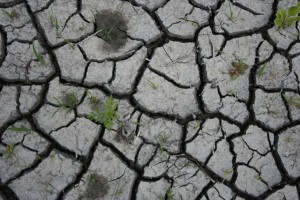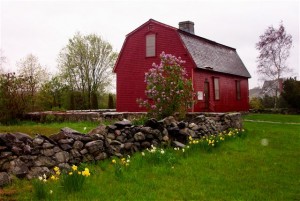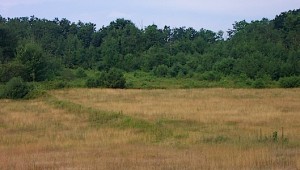
In 2002, I estimated the length of stone wall in New England to be 240,000 miles (380,000 kilometers). This is enough to circle the earth ten times, or to reach the moon. This estimate was extracted from The Stone Industries, a 1937 book by a mining engineer named Oliver Bowles. Using data from an 1871 national census of agricultural fences, he wanted to know how much wall was out there to be mined and turned into more productive uses. My how times change.

Recent technological progress involving airborne imaging systems such as LiDAR and Geographic Information System (GIS) mapping systems will soon allow us to verify that estimate. A recent, high-profile example of how LiDar can be applied to stone wall mapping is by colleagues Katherine Johnson and Will Ouimet. To read their paper link to Johnson and Ouimet 2014 – Rediscovering the lost archaeological landscape of southern New England using airborne LiDAR . A second mapping paper by them is “Physical properties and spatial controls of stone walls in the northeastern USA.” One of Ouimet’s students, Ji Won Suh has applied machine mapping to stone walls: “Mapping stone walls in the Northeastern U.S. USA using deep learning and LiDAR data,”
Other groups and agencies are mapping walls, most notably the State of New Hampshire with it’s citizen science effort, the New Hampshire Stone Wall Mapper,

Meanwhile, property owners, land trusts, towns, and researchers have been busy mapping them locally. The SWI has already has a small archive of such mapping projects, some done by young people for college research projects and by Eagle Scouts for their completion. For more information on stone wall mapping, link to:
